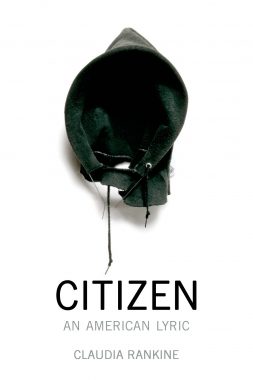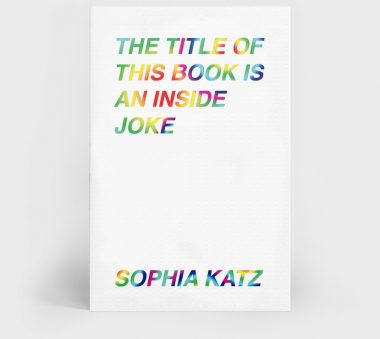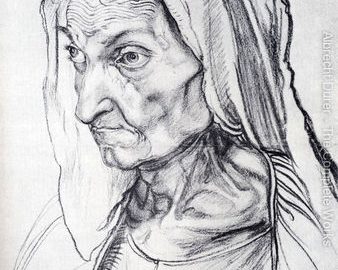I adore Albrecht Dürer and his hares and owls and fabulous self-portraits with Christ-like coiffures and his visions of the four horsemen. I love that he was working in the fifteenth and sixteenth century, engraving, etching, woodcutting, painting, charcoaling. The realism of his work feels so fresh and visceral, but one knows that the hardships of daily life were significant, son of a goldsmith or not.
And I love ekphrasis, the process of answering art with art. When I found Jack Kristiansen’s poem, “Dürer’s Mother,” in Squalorly, which treats Dürer’s old-age depiction of his mother, Barbara Holper, I was intrigued and delighted. Finding an ekphrastic poem means an additional search for an artwork, so that the reader can explore the interplay between the two. The dialogue created between the forms is always incisive and insightful.
The most remarkable feature of the portrait is its realism – one wants to flinch away from the aging form, from the fixed stare and the fragile, almost transparent garments echoing the frail flesh. The startling year “1514” scrawled at the top of the image and the words written below (a record of the portrait’s sitter, the date and circumstances of her passing) reminds us of the tenuous nature of life and its inevitable timestamps and captions. The subject does not look forward unafraid – her gaze falls into the distance, with questionable courage. Dürer himself noted of his mother in a separate account: “[s]he feared Death much, but she said that to come before God she feared not.”
When we look to the poet’s version of events, the narrative is the most arresting quality because it speaks directly to Barbara in a colloquial tone back through centuries, and it speaks at first to both her vanity and her parenting:
It’s just your luck
to have reared a son
drawn to doing wrinkles
with charcoal.
Barbara Holper had eighteen children. The irony of “luck” in child-rearing when only two of those survived to adulthood is not lost as the poet delves deeper into appearances, exploring the textures of a mother’s suspicion. Through a description of the creation process, the narrator draws into question the son’s motives in commemorating the dying mother. This reportage carries the reader through the artistic process that yields a subtle subjective depiction – “to extend/the bridge of your nose/just a smidgen” ….”beyond subtlety/the skeletal bulge/of your cheekbone.”
But perhaps the most interesting space for accessing this poem as a corollary to this artwork is the final stanza, in which the narrator addresses Barbara’s possible motivation for her mode of dress:
And you remain deaf
to his request
that you tuck your scarf
behind your ear
so he can prove
how he can master
its difficult whorl.
“And you remain deaf” is my favorite line of the poem, because it calls into question everything that came before. If indeed Barbara cannot hear her son’s requests, can she hear the narrator describing to her the work in its creation? Beyond the charcoal, has her son even spoken aloud at all? Can she hear whatever voice calls to her from beyond the frame of the work? Can we?
[author] [author_image timthumb=’on’]http://minotaursspotlight.com/wp-content/uploads/2013/08/rose_koch_133.jpg[/author_image] [author_info]Rosemarie Koch earned her MFA in Poetry from Arcadia University in 2013 – the culmination of a lifelong dream. For her, poetry is an art form that crosses all forms, and is also a great source of joy – both reading it and writing it. She has recited Hopkins’ “Windhover” at many poetic and non-poetic gatherings, regards William Blake and Emily Dickinson as close personal friends, and finds poetry in everything she hears and sees. Her work with Minotaur’s Spotlight is an extension of her love of verse.[/author_info] [/author]




